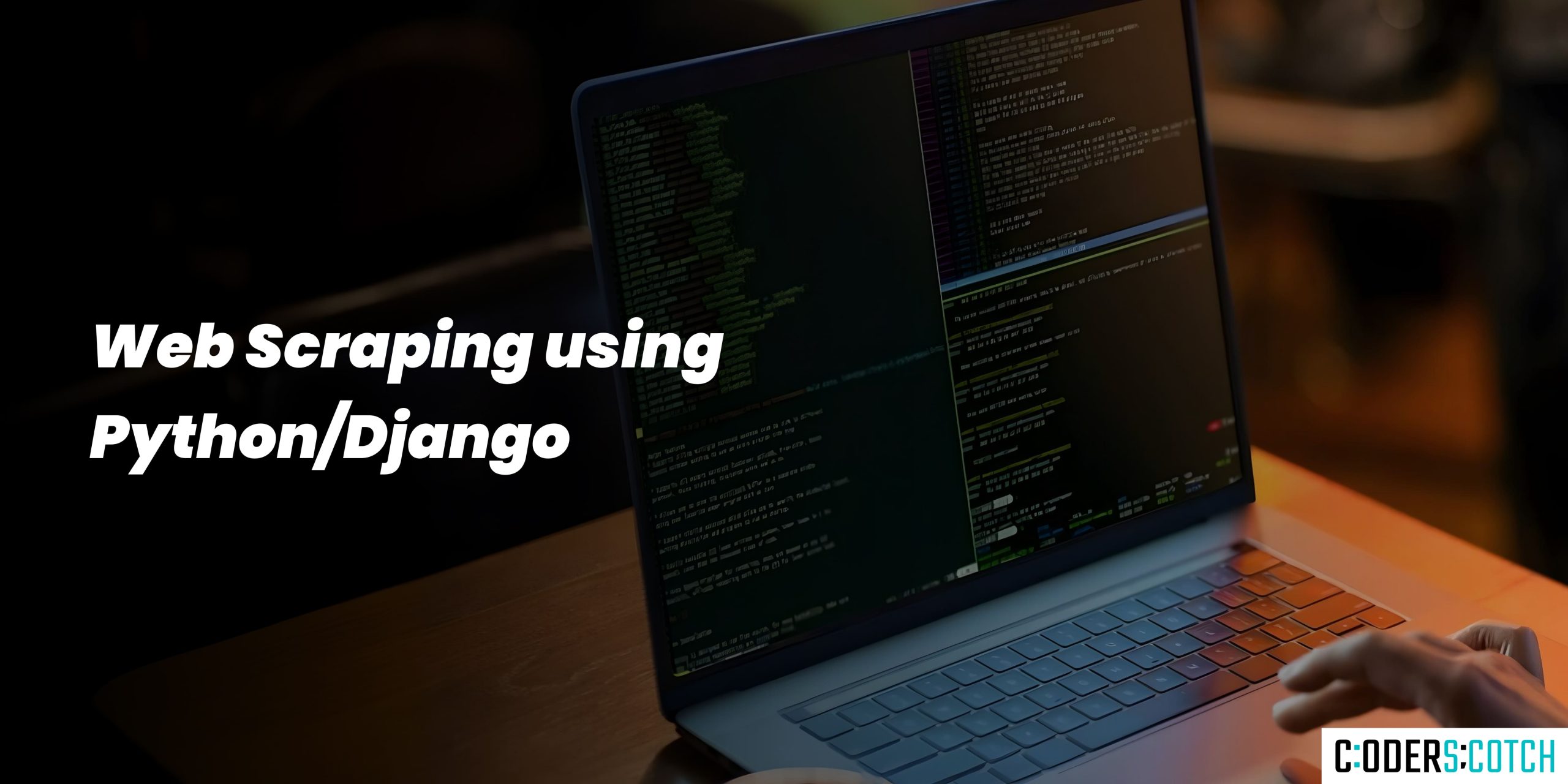
Web scraping is the automated process of extracting content and data from websites. Unlike APIs, which provide structured and accessible data, web scraping involves retrieving HTML content from a web page and then parsing it to extract the desired information.
Before diving into the technical aspects, it’s crucial to understand the legal and ethical implications of web scraping. Not all websites allow their content to be scraped, and doing so without permission can lead to legal consequences. Always check the website’s robots.txt file to see the pages that are off-limits for scraping, and consider reaching out to the website owner for permission.
Python offers several libraries to help with web scraping. The most popular ones include:
You can install these libraries using pip:
bashCopy codepip install requests beautifulsoup4 lxml pandas selenium
The first step in web scraping is to download the webpage’s HTML content. This is typically done using the requests library.
pythonCopy codeimport requests
url = "https://example.com"
response = requests.get(url)
if response.status_code == 200:
page_content = response.text
else:
print("Failed to retrieve the webpage")
Once you’ve retrieved the HTML content, the next step is to parse it and extract the desired information. BeautifulSoup is a powerful library for this purpose.
pythonCopy codefrom bs4 import BeautifulSoup
soup = BeautifulSoup(page_content, "lxml")
# Example: Extract all hyperlinks
links = soup.find_all('a')
for link in links:
print(link.get('href'))
Some websites use JavaScript to load content dynamically. In such cases, the requests library alone won’t be sufficient. This is where Selenium comes in.
pythonCopy codefrom selenium import webdriver
url = "https://example.com"
driver = webdriver.Chrome() # Ensure you have the appropriate WebDriver installed
driver.get(url)
page_content = driver.page_source
soup = BeautifulSoup(page_content, "lxml")
# Now you can parse the HTML using BeautifulSoup
robots.txtAlways check the website’s robots.txt file to ensure you’re allowed to scrape the content.
pythonCopy coderobots_url = "https://example.com/robots.txt"
response = requests.get(robots_url)
print(response.text)
Avoid overloading the server by implementing delays between your requests. This is especially important when scraping large websites.
pythonCopy codeimport time
time.sleep(2) # Sleep for 2 seconds between requests
Web scraping can be unpredictable, with network issues, changes in HTML structure, and more. Handling exceptions will make your scraper more robust.
pythonCopy codetry:
response = requests.get(url)
response.raise_for_status()
except requests.exceptions.HTTPError as err:
print(f"HTTP error occurred: {err}")
except Exception as err:
print(f"An error occurred: {err}")
If you’re scraping a website frequently or scraping multiple websites, you might get blocked. Using proxies can help you avoid this.
pythonCopy codeproxies = {
"http": "http://10.10.1.10:3128",
"https": "http://10.10.1.10:1080",
}
response = requests.get(url, proxies=proxies)
Once you’ve extracted the data, you’ll need to store it in a structured format. Pandas is an excellent tool for this.
pythonCopy codeimport pandas as pd
data = {"Column1": ["Value1", "Value2"], "Column2": ["Value3", "Value4"]}
df = pd.DataFrame(data)
df.to_csv("output.csv", index=False)
Websites may employ anti-scraping mechanisms like CAPTCHAs, IP blocking, or requiring JavaScript. Tools like Selenium, along with CAPTCHA solving services, can help overcome these hurdles.
When content is loaded via JavaScript, standard HTTP requests won’t capture it. Use Selenium to render the page and extract the dynamic content.
Websites often update their design, which can break your scraper. Regularly update your scraping logic and use try-except blocks to handle such changes gracefully.
Web scraping in Python is a powerful tool for data extraction, but it comes with its own set of challenges and responsibilities. By following best practices, respecting legal boundaries, and using the right tools, you can efficiently gather the data you need.